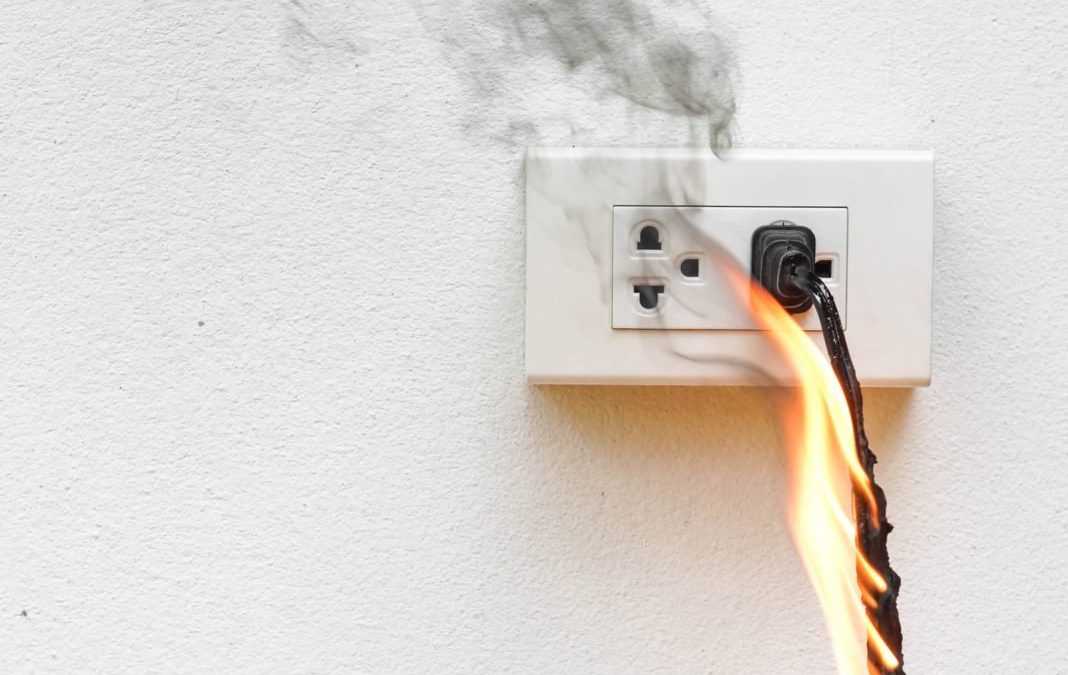In recent months, numerous media outlets have claimed that the power used to conduct a single bitcoin transaction is the equivalent of that required to power an American home for over a week. The exact energy output that each bitcoin transaction consumes is unknowable, due to the varying efficiency of the hardware employed by miners. Despite such, several analysts have attempted to estimate the power consumption required to process bitcoin transactions.
Also Read: Russia Has Found Best Location for Crypto Miners
Digiconomist Utilizes The “Bitcoin Energy Consumption Index” to Determine its Estimates Regarding the Total Power Consumption of the Bitcoin Network
 Many recent stories claiming that each bitcoin transaction uses an amount of power comparable to that required to power an American home for a week have derived their estimates from the website, Digiconomist. As of this writing, Digiconomist estimates that each bitcoin transaction requires 255 kilowatt-hours (KWh) of power, which could power a U.S. household for 8.61 days. The website concludes that bitcoin consumes “0.13%” of global electricity consumption, comparing the total power consumption of the bitcoin network to that of Ireland.
Many recent stories claiming that each bitcoin transaction uses an amount of power comparable to that required to power an American home for a week have derived their estimates from the website, Digiconomist. As of this writing, Digiconomist estimates that each bitcoin transaction requires 255 kilowatt-hours (KWh) of power, which could power a U.S. household for 8.61 days. The website concludes that bitcoin consumes “0.13%” of global electricity consumption, comparing the total power consumption of the bitcoin network to that of Ireland.
Digiconomist concedes that “even though the total network hash rate can easily be calculated, it is impossible to tell what this means in terms of energy consumption as there is no central register with all active machines (and their exact power consumption).” Digiconomist employs what the website refers to as the “bitcoin energy consumption index” (BECI) as the basis for its estimates.
Analysts Are Divided in Their Estimates Regarding the Electricity Consumed on a Single Bitcoin Transaction
 The BECI attempts to calculate the total USD mining revenues, assuming that “for every 5 cents that [are] spent on operation costs… 1 kilowatt-hour was consumed,” and that each miner will “spend 60% of their revenues on operational costs.” The BECI then “converts the costs to consumption” – which produces the estimate yielded by the BECI.
The BECI attempts to calculate the total USD mining revenues, assuming that “for every 5 cents that [are] spent on operation costs… 1 kilowatt-hour was consumed,” and that each miner will “spend 60% of their revenues on operational costs.” The BECI then “converts the costs to consumption” – which produces the estimate yielded by the BECI.
Although many media organizations are touting the BECI’s estimates as fact, the cryptocurrency community has not reached consensus regarding the BECI’s accuracy as a means to estimate the total power expenditure of the network.
Analyst Marc Bevand disagrees with the BECI, expressing his belief that the BECI fails to accurately track the rate at which technological innovation and creative destruction in the mining industry increases the efficiency of the network as a whole, and that the algorithm underpinning the BECI estimate is predicated upon exaggerated assumptions regarding the electricity costs require to run a mining farm using present generation hardware.
”An S9 Has Spent 16% of Its Revenues on Electricity Costs, Which Shows How Ludicrous BECI’s 60% Estimation Really Is.”
 Mr. Bevand states that the BECI “makes the wrong assumption that a fixed ‘60%’ of mining revenues are spent on electricity,” describing the figure as having been “pulled out of thin air and miscalculated due to a misunderstanding from the author.” Marc Bevand states that the 60% estimate comes from a flawed interpretation of estimates published by Tomaso Aste in 2016.
Mr. Bevand states that the BECI “makes the wrong assumption that a fixed ‘60%’ of mining revenues are spent on electricity,” describing the figure as having been “pulled out of thin air and miscalculated due to a misunderstanding from the author.” Marc Bevand states that the 60% estimate comes from a flawed interpretation of estimates published by Tomaso Aste in 2016.
Mr. Bevand quotes the BECI as stating that Aste’s working paper “implies that the average costs of mining are closer to 55 percent of the available miner income. Aste, however, doesn’t provide many details along with his estimate. To be on the conservative side, the average cost percentage used to calculate the Index [was initially] set at 65%.” According to Mr. Bevand’s analysis, “all Aste implies is that the electrical consumption” of mining activities will account for “8.3 – 83.3% of the mining income.” Bevand then cites a study conducted by himself as of the 15th of May 2017, in which he determined that “an S9 has spent 16% of its revenues on electricity costs, which shows how ludicrous BECI’s 60% estimation really is.”
“The Global Hash Rate Has Been Significantly Increasing for Years” – Marc Bevand
 Mr. Bevand argues the consistent increase in the global hash rate of the bitcoin network evidences a consistent adoption of newer more energy efficient technologies by miners, as older hardware is made obsolete by diminishing mining returns.
Mr. Bevand argues the consistent increase in the global hash rate of the bitcoin network evidences a consistent adoption of newer more energy efficient technologies by miners, as older hardware is made obsolete by diminishing mining returns.
As opposed to the “10.23 terawatt-hours (TWh)” estimate of annual power consumption produced by the BECI, Marc Bevand’s analysis concludes that “the upper bound [estimate of] electricity consumption of the network at 3250 pentahashes per second (PH/s)” is “6.78 TWh/year,” and “the lower bound” estimate is “2.85 TWh/year,” leading him to conclude that “the electricity consumption of the network” is likely between “4.12 – 4.73 TWh/year.” Bevand’s analysis claims to take into greater account the efficiency of current generation mining hardware, and generates his upper bound estimate based upon the assumption that all miners are “deploying the least efficient hardware,” and bases his lower bound estimate on the assumption that “100% of miners [are] currently running one of the 3 most efficient ASICS.”
Assuming that the current 7-day average for daily bitcoin transactions of 268,369 is accurate, Marc Bevand’s estimate that the annual consumption of the bitcoin network may be 4.12 TWh/year would mean that each bitcoin transaction requires the same amount of electricity used to power a typical American home for approximately 3.47 days, whereas the estimate of 4.73 TWh/year would mean each transaction requires enough power to run an American household for 3.98 days. As for the higher and lower bound estimates, if the bitcoin network consumes 6.78 TWh/year each transaction could power an American home for 5.7 days, whereas if the network consumes 2.85 TWh/year each transaction could power such for roughly 2.4 days.
What are your thoughts on the debate surrounding bitcoin’s energy consumption? Share your views in the comments section below!
Images courtesy of Shutterstock
Need to calculate your bitcoin holdings? Check our tools section.














